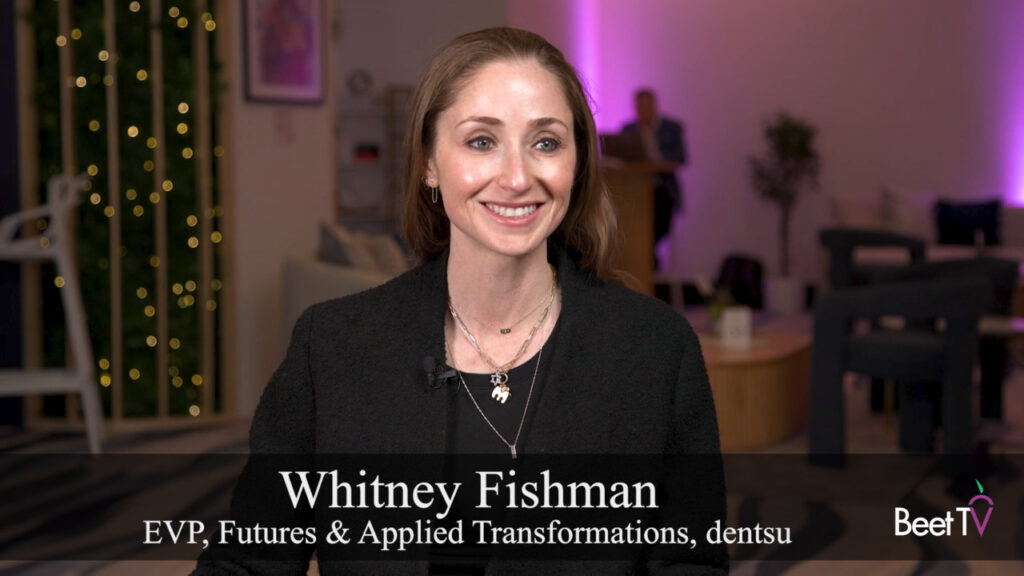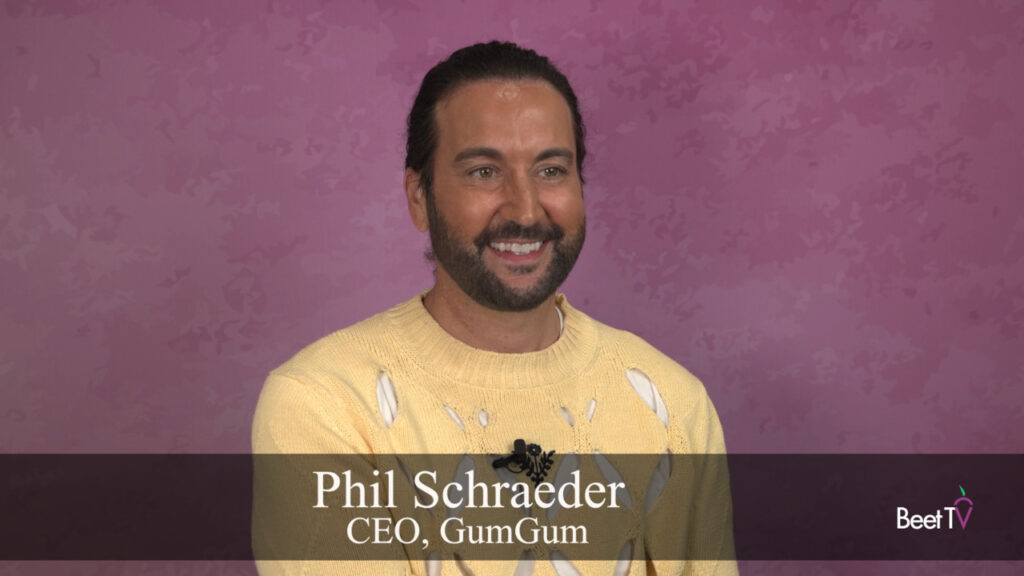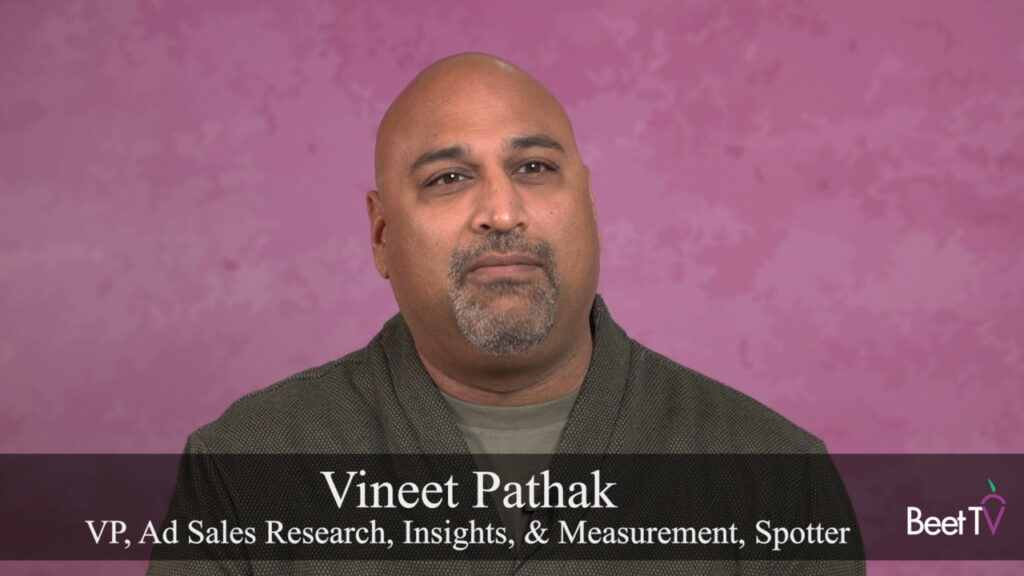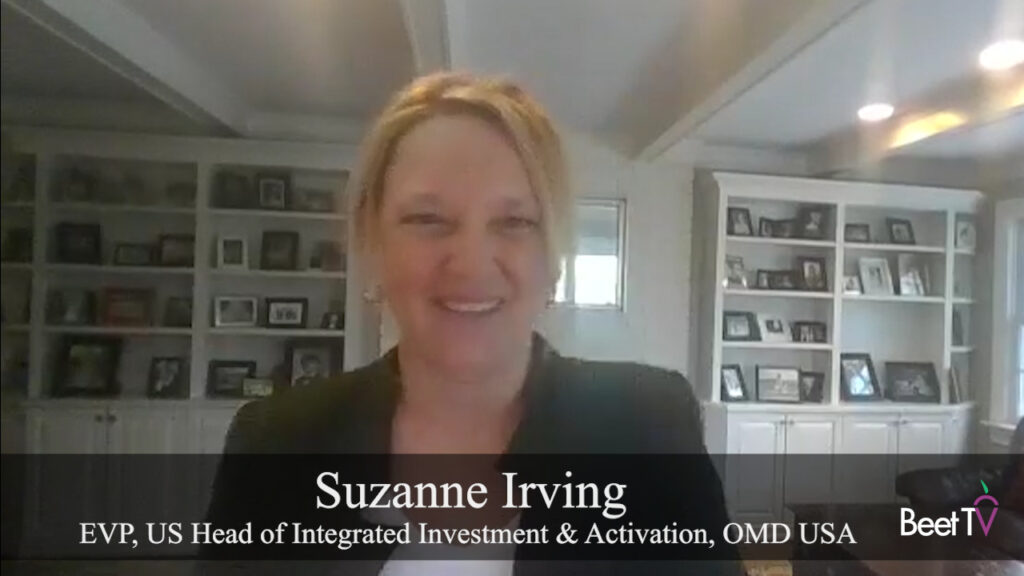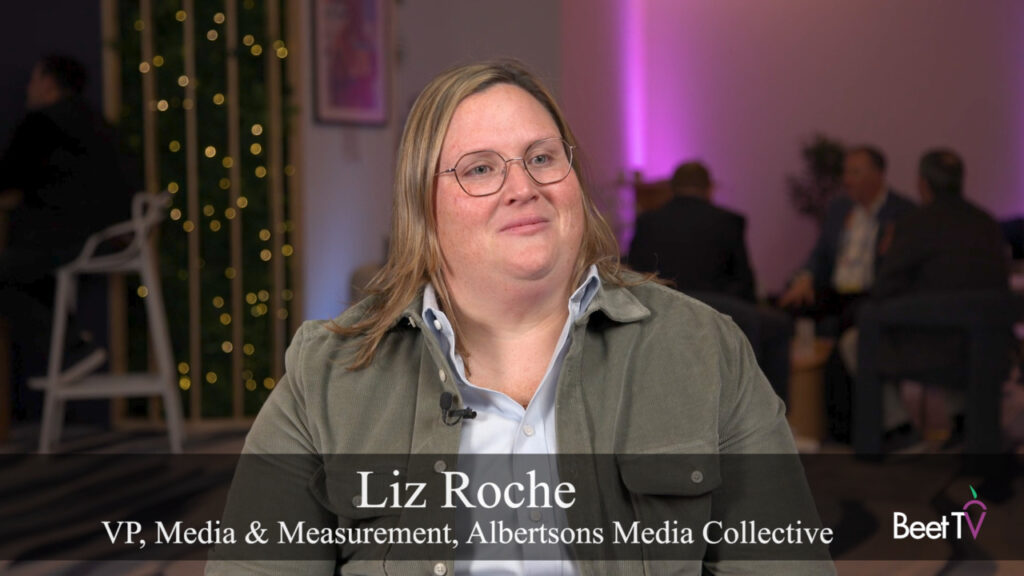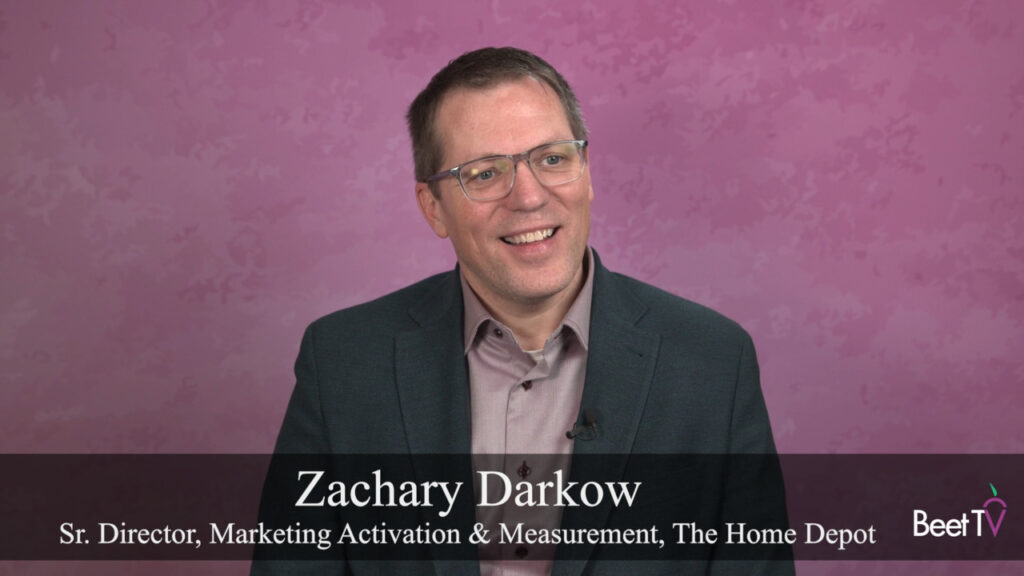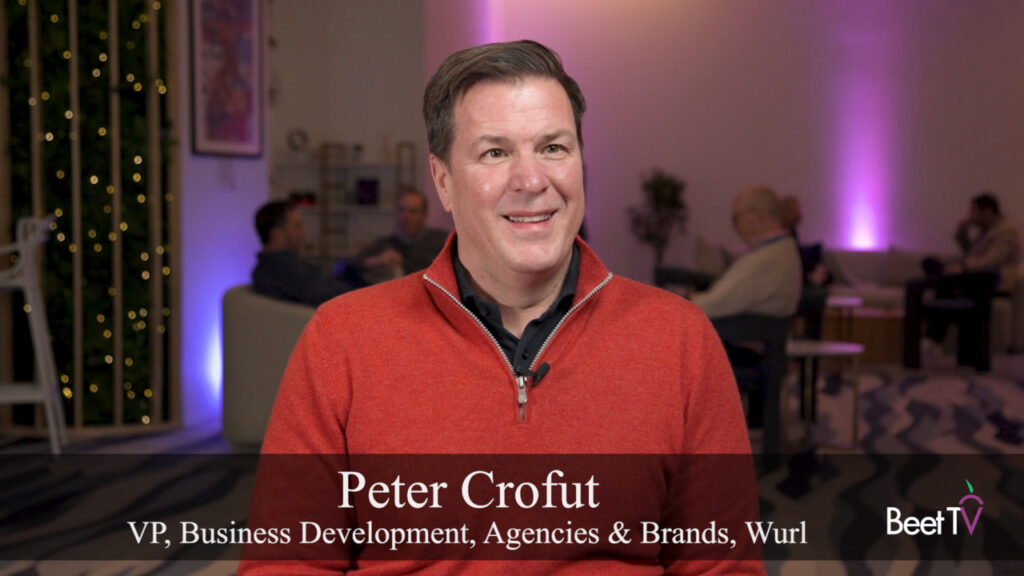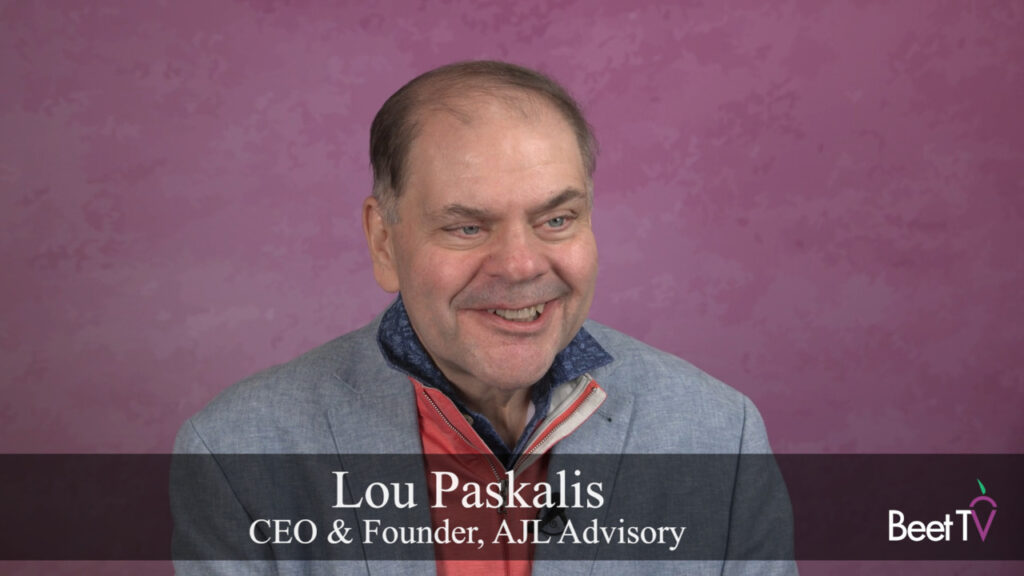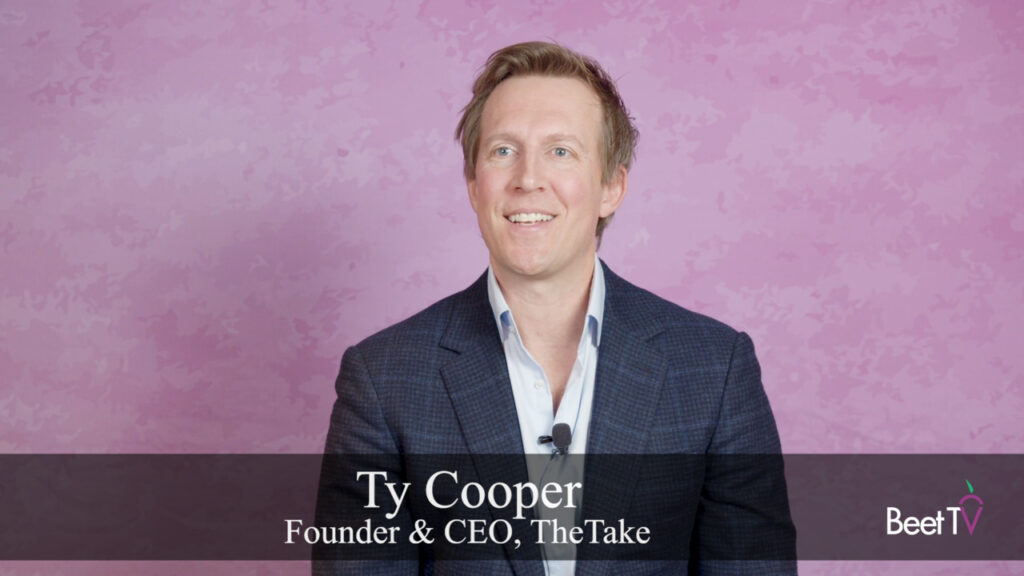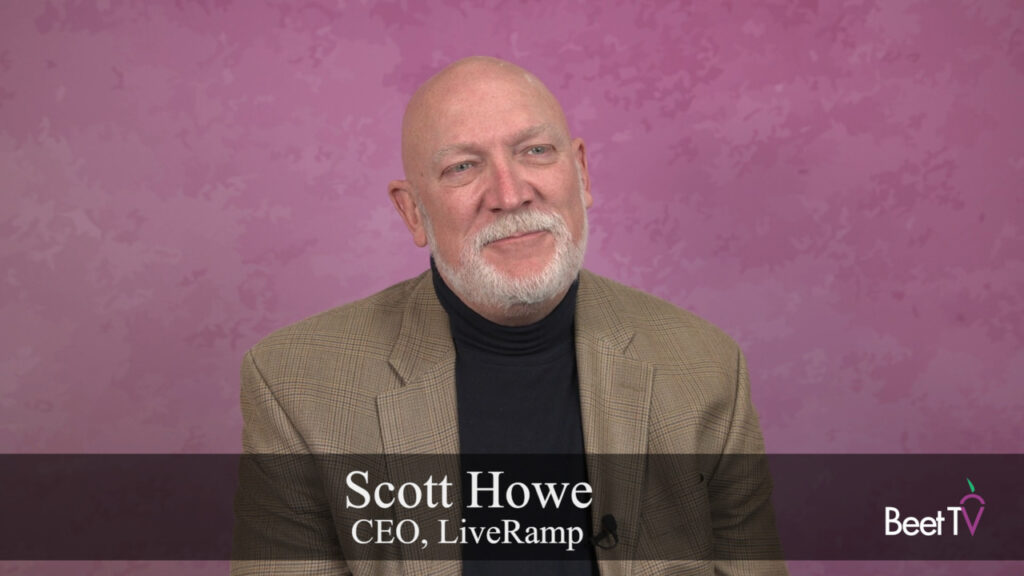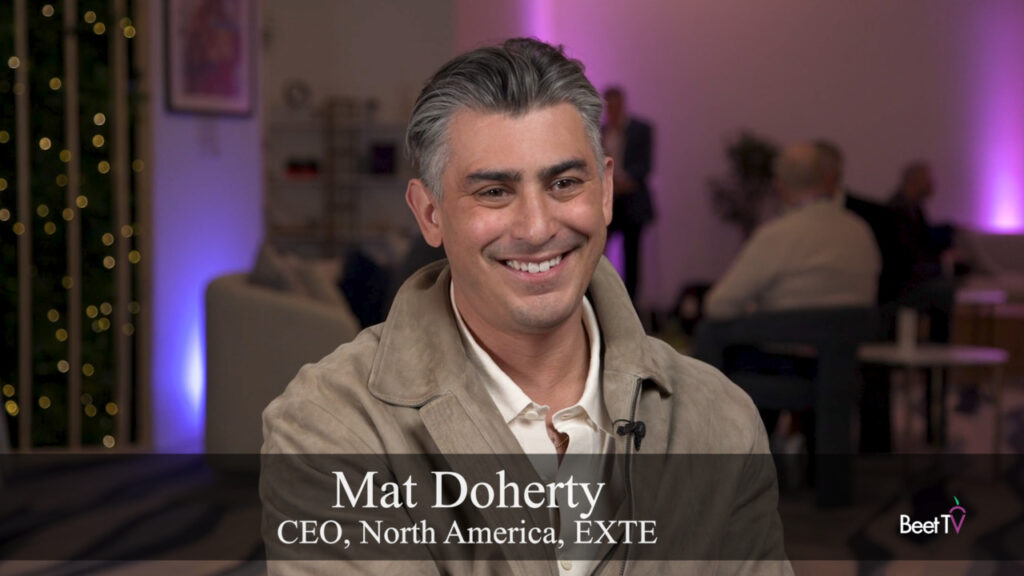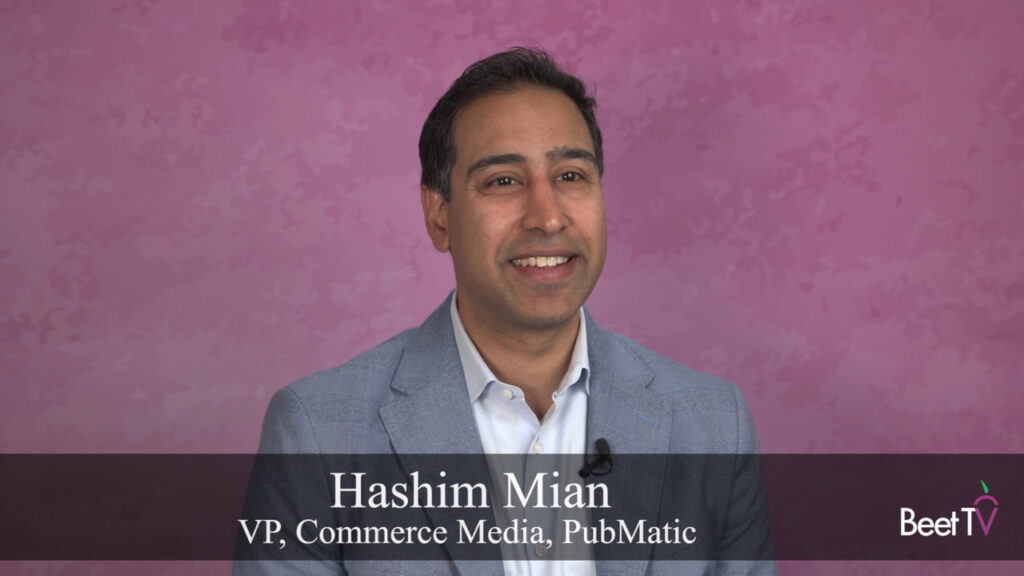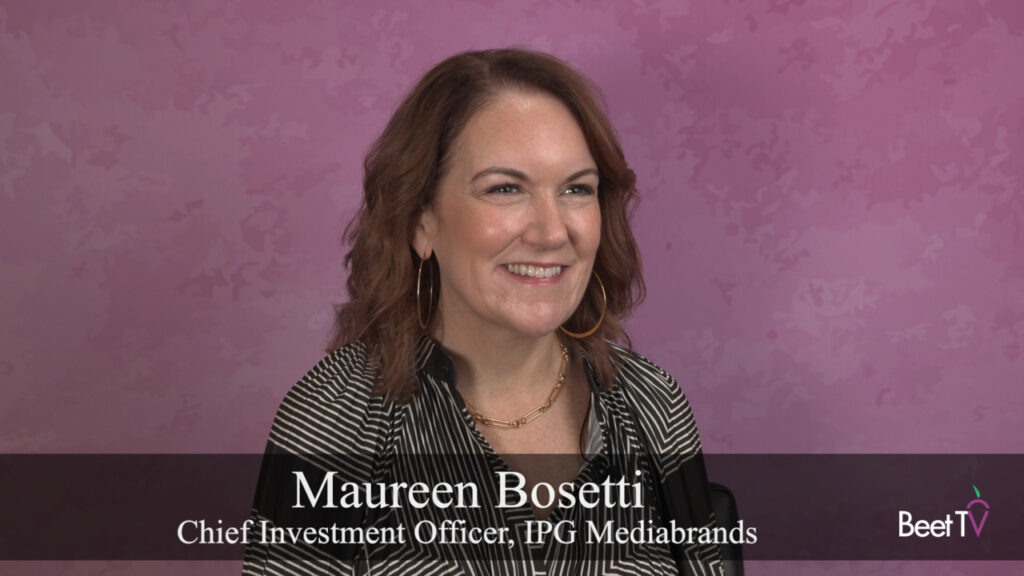Advertisers are harnessing first-party data from consumers to improve their media planning and buying strategies.
A data-driven strategy can help marketers to reach goals in driving incremental traffic, acquiring new customers or competitive conquesting.
“When we utilize those data-driven tactics, it’s given us a much better understanding of the lower-funnel effect that our No. 1 awareness medium can drive,” Daly said. “There’s so many key returns that we do get: greater accountability, less waste, the potential to do a business results guarantee. Everyone’s aware of the linear ratings erosion that we’re experiencing, and the shift in consumption across the many platforms.”
‘Volatility in Ratings Points’
The pandemic disrupted the media consumption habits of millions of households, and helped to speed up the cord-cutting trend. Many consumers spent more time with connected devices like smart TVs, and less time watching traditional linear TV.
“The volatility in the ratings points really is just tremendous at this point, especially in the cable landscape,” Daly said. “We worked really hard to build on the traditional TV dynamics, but the evolution of advanced TV targeting and balancing advertisers’ video buys to increase reach by adding data-driven tactics.”
Viewers heavily favor OTT platforms for scripted shows, while linear TV has become even more specialized in live programming, like sports, news and specials like awards shows.
“OTT is one the precipice. It’s the new cable,” Daly said. “From a data and tech perspective, addressable TV has scaled nationally, but programmatic TV — that’s really become a reality in a lot of sense. The alternative measurement and currencies are being adopted, now, and optimization flexibility is being prioritized.”
Flexibility, Pricing and Audiences
Advertisers and their media agencies are focused on flexibility, pricing and audiences, alongside a shift toward automation.
“The ability to balance mass reach is there, and really make TV partners accountable for brand KPIs,” Daily said. “You can achieve unified, deduplicated reach — and look at it in a single aggregated proposal.”
Homebound consumers are spending more time with electronic media, and they want greater control of the viewing experience.
“Now, more than ever, video matters to the consumer. Time spent is up, and how they engage on their own terms,” Daly said. “We can’t control how they’re changing the channel, and we know that they’re only seeing one ad at a time, but…everyone really shares the goal of extending reach and ultimately reducing overexposure.”
You are watching “Media Innovation: What’s Next,” a Beet.TV leadership series presented by Samsung Ads. For more videos, please visit this page.













